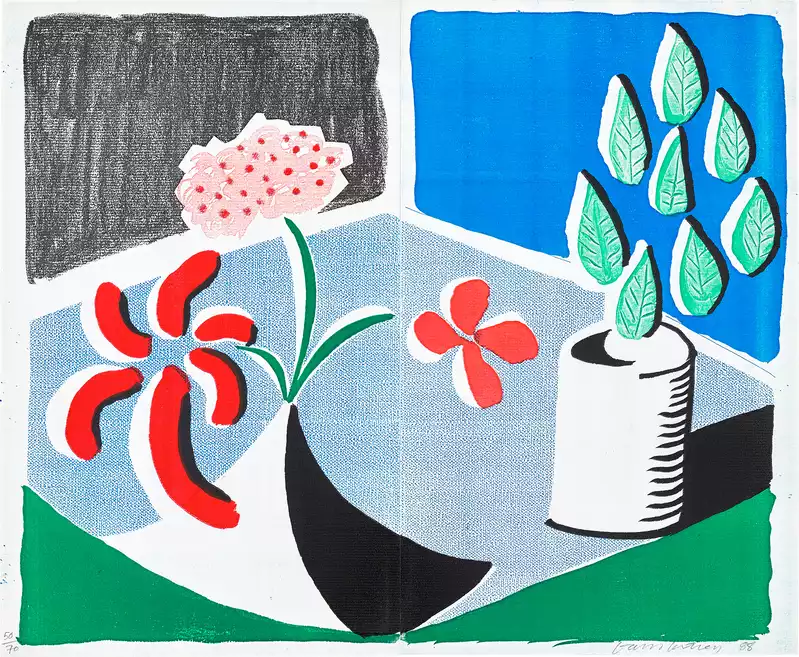Nearly 60 percent of the 1,244 largest data centers in the world were outside the United States as of the end of June, according to an analysis by Synergy Research Group, which studies the industry. More are coming, with at least 575 data center projects in development globally from companies including Tencent, Meta and Alibaba.
As data centers rise, the sites — which need vast amounts of power for computing and water to cool the computers — have contributed to or exacerbated disruptions not only in Mexico, but in more than a dozen other countries, according to a New York Times examination.
Author: Patrick
-
AI is gonna drink your milkshake
-
Tactical frivolity
The current administration deemed protesters violent and menacing. You know what isn’t? A person in an inflatable chicken costume, a protest tactic called tactical frivolity.
This humorous form of protest, known as tactical frivolity, shows the absurdity of the charge that all the protesters are armed militants. In contravention of the Trump administration’s claims that the protesters were all Hamas agents or antifa interns, the protest in Chicago was wholesome, nonaggressive and almost shockingly middle-of-the-road. It’s hard to call an inflatable chicken dangerous.
-
Sleep is a spectrum
We’ve known that sleep has cycles, but more research is showing that how we sleep is more nuanced and may exist as a spectrum.
It’s still largely mysterious how the brain manages to move between these states safely and efficiently. But studies targeting transitions both into and out of sleep are starting to unravel the neurobiological underpinnings of these in-between states, yielding an understanding that could explain how sleep disorders, such as insomnia or sleep paralysis, can result when things go awry.
Sleep has been traditionally thought of as an all-or-nothing phenomenon, Lewis said. You’re either awake or asleep. But the new findings are showing that it’s “much more of a spectrum than it is a category.”
-
Being social alone on the rise
In the UK, there is a rise in people going to social events solo.
“If I go to an event with someone else, I can very much spend the night doing their night, as they would want it,” says Anaïs Espinosa, a 26-year-old from London. “When I’m alone, I get to do whatever I want in the moment, whether that’s going to get a drink or being right at the front where the DJ is. You just act on pure instinct. I feel like a little video game character in a funny story.”
I never had a problem going to an event solo. Yeah, it’d be cool to share the experience with a friend, but I wouldn’t let that stop me from checking out a movie, concert, or restaurant.
-
80-year-old grandmother becomes oldest woman to finish the Ironman World Championship
80-year-old grandmother becomes oldest woman to finish the Ironman World Championship
Grabow, who lives in Mountain Lakes, N.J., plunged into the ocean water of Kailua Bay on Saturday morning. She swam 2.4 miles and then hopped on her bike to cycle 112 miles on a highway twisting through lava fields and notorious coastal crosswinds. She then ran the 26.2-mile road course — the length of a marathon — where steep stretches contribute to an elevation gain of more than 1,000 feet. She finished the unforgiving course well within the race’s 17-hour cutoff time, at 16:45:26, on a day when more than 60 other athletes in the field of more than 1,600failed to finish.
-
David Hockney Xerox prints
For a period of time, David Hockney created collages using Xerox machines.
In 1986 Hockney produced Home Made Prints,a series created entirely with the Xerox copier. As the title of the series would suggest, the Xerox machine allowed Hockney to create his prints in the comfort of his own home, rather than the often constrictive environment of the professional printing studio. Many of the prints in this series, like Living Room and Terrace, capture the interiors of Hockney’s house on the outskirts of LA. This invigorated focus on his own home in Home Made Prints reveals the more relaxed approach to printmaking that the Xerox copier afforded Hockney.

-
Chasing auras
Dennis Lehtonen has dedicated his life to photographing auras.
One night in 2018, I was viewing the international space station through a telescope in the observatory of Helsinki. Suddenly, I looked into the opposite direction and there, for the first time ever, I would see the northern lights dancing over the city below. The experience was otherworldly and I wanted to see them again and again.
To do so, for nearly five years, I have lived in the small remote corner of the Finnish Lapland, above the artic circle. Since 2021, I have lived in a total of three different locations in Finnish Lapland in order: Salla, Sodankylä and Kilpisjärvi. I have also worked in a total of seven different Greenland-based fish factories all in different, mostly small and remote, locations, despite hating fish.
-
The Oatmeal on AI art
The Oatmeal on AI art. Astute and poignant.
-
The craze of 6 7
most previous Internet meme trends were based in some grounding of logic. 6 7, however, has become a prime example of how brain rot can ascend into pop culture.
Now teachers avoid breaking kids into groups of six or seven, or asking them to turn to page 67, or instructing them to take six or seven minutes for a task. Six is a perfect number, and seven is a prime number, but only a glutton for punishment would put them together in front of a bunch of 13-year-olds.
-
Adopting a coffee name
There are lots of different reasons to adopt a coffee name, giving a barista a name other than your own.